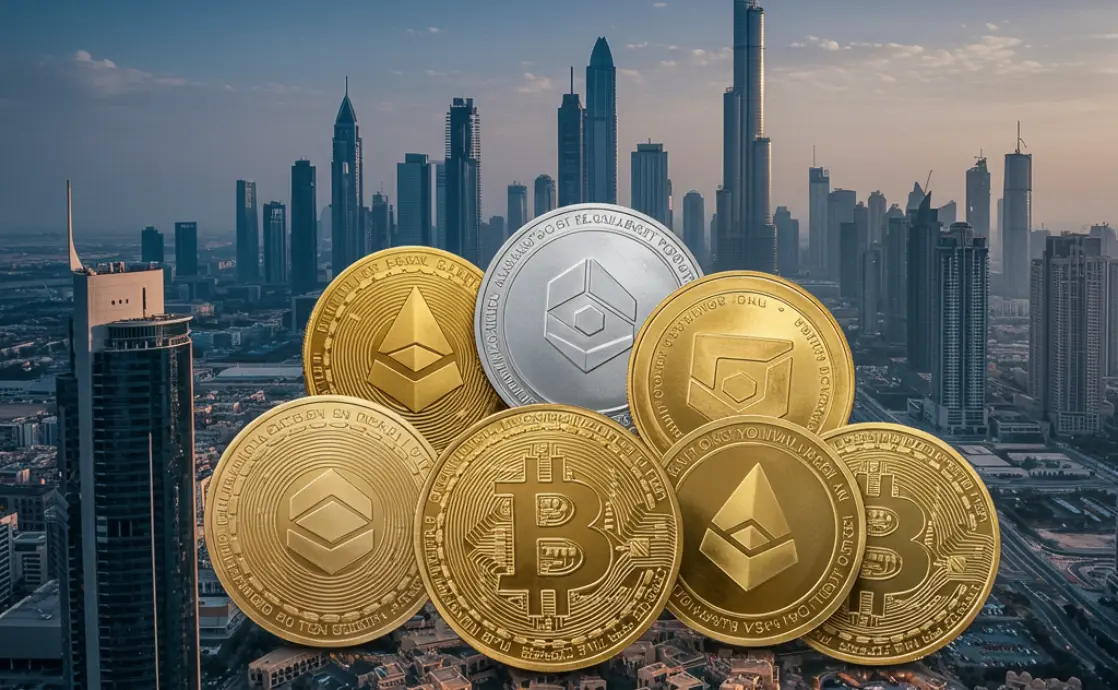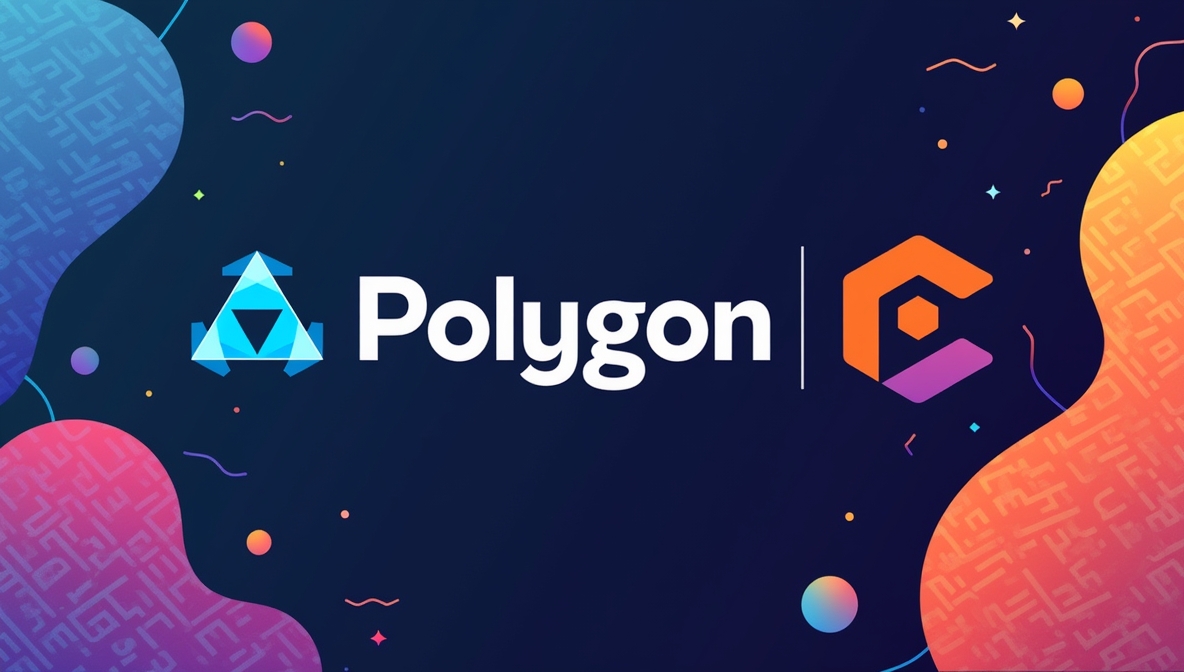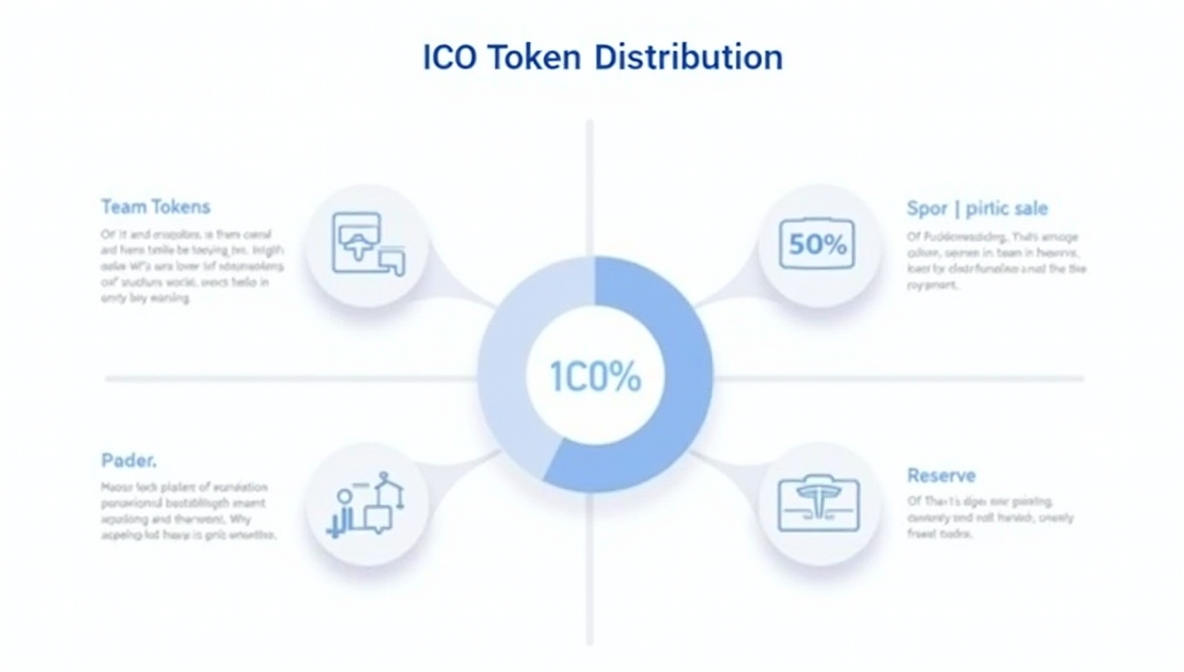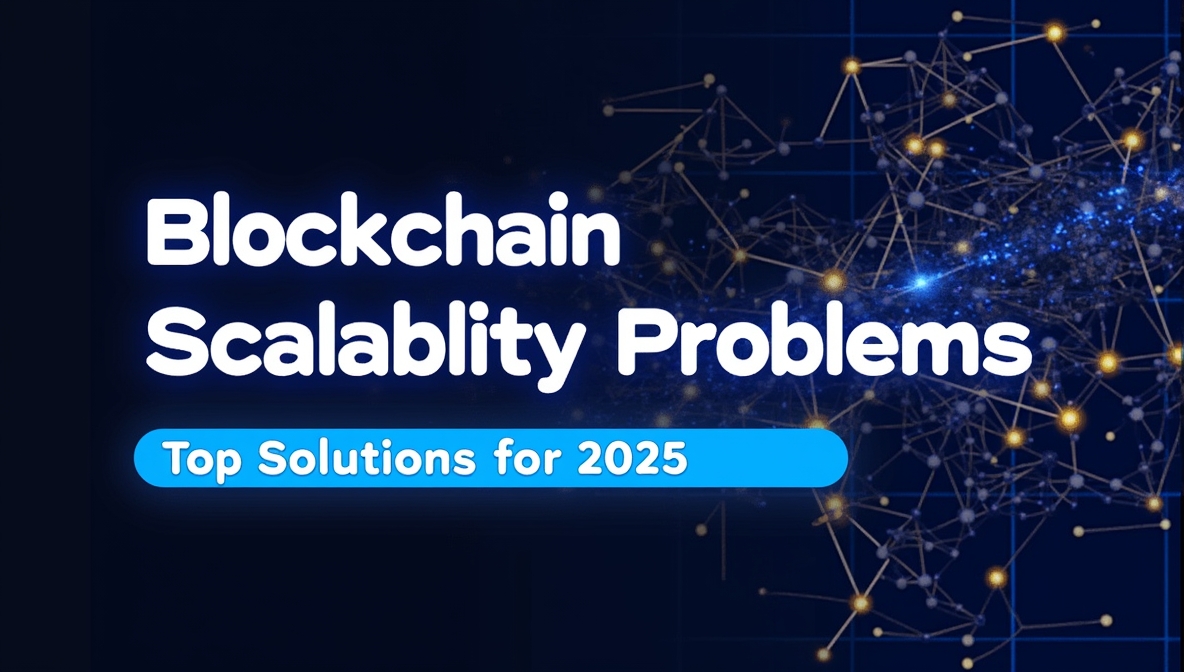Imagine owning a share of a solar farm, represented entirely by a digital token stored on a blockchain powered by renewable energy. No paperwork, no intermediaries, just transparent, secure, and sustainable ownership. This is the promise of asset tokenization a revolutionary approach that is reshaping the financial landscape while also addressing critical environmental concerns. How does this innovative technology balance financial benefits with environmental sustainability?
In an era where digital finance is booming, understanding the environmental impact of asset tokenization is paramount. This article delves into the environmental effects of asset tokenization, exploring both its positive contributions and the challenges it presents. From reducing paper waste to addressing the high energy consumption of blockchain networks, we provide a comprehensive analysis backed by the latest data and real-world examples. Discover how asset tokenization can lead us toward a more sustainable future and what steps need to be taken to maximize its environmental benefits.
Understanding Asset Tokenization

What is Asset Tokenization?
Asset tokenization is the process of converting real-world assets into digital tokens on a blockchain. These tokens represent ownership or stake in the underlying assets, enabling easy transfer, fractional ownership, and enhanced liquidity. For instance, tokenizing a real estate property allows multiple investors to own a fraction of the property through digital tokens, making investments accessible to a broader audience.
This digital transformation not only streamlines asset management but also democratizes access to high-value investments, fostering inclusivity and efficiency in financial markets.
The Role of Blockchain in Tokenization
Blockchain technology is the backbone of asset tokenization, providing:
- Transparency: Every transaction is publicly verifiable, ensuring accountability.
- Security: The decentralized nature of blockchain reduces the risk of fraud and unauthorized alterations.
- Immutability: Once recorded, transactions cannot be changed, ensuring data integrity.
However, the environmental impact of blockchain is a significant consideration. Traditional blockchain networks using proof-of-work (PoW) consensus mechanisms are energy-intensive, raising concerns about their sustainability. Understanding the asset tokenization environmental impact requires a deep dive into both the benefits and drawbacks of blockchain technology.
Environmental Benefits of Asset Tokenization

1. Reduced Paper Consumption and Waste
Traditional asset transactions are heavily reliant on paperwork for contracts, deeds, and certifications. Asset tokenization digitizes these processes, leading to substantial reductions in:
- Paper Waste: Digital tokens eliminate the need for physical documents.
- Printing Emissions: Reduced demand for paper lowers the carbon footprint associated with printing.
- Landfill Contributions: Less paper waste means decreased pressure on landfill sites.
According to the World Bank, transitioning to digital documentation in the financial sector could save approximately 1.2 billion trees annually, highlighting the significant environmental benefits of asset tokenization.
2. Lower Carbon Footprint Through Digitization
Asset tokenization minimizes the need for physical transportation of documents, meetings, and storage facilities, resulting in:
- Minimized Travel-Related Emissions: Digital transactions reduce the necessity for business travel.
- Energy Savings in Storage: Virtual storage systems consume less energy compared to maintaining physical storage facilities.
- Reduced Environmental Costs: Lower reliance on physical assets diminishes the overall environmental impact.
Studies show that digitizing financial transactions can reduce carbon emissions by up to 30%, underscoring the potential of asset tokenization to contribute to climate change mitigation.
3. Energy Efficiency in Transactions and Operations
When built on energy-efficient blockchain networks, tokenization systems can outperform traditional financial operations in energy usage per transaction. For example:
- Proof-of-Stake (PoS) Systems: Consumes up to 99.95% less energy than Proof-of-Work (PoW) systems.
- Optimized Blockchain Protocols: Newer blockchain technologies are designed to enhance energy efficiency.
The transition of Ethereum to Ethereum 2.0, a PoS system, resulted in a 99.9% reduction in energy consumption, showcasing the potential for greener blockchain solutions.
Environmental Drawbacks of Asset Tokenization

1. Energy Consumption of Blockchain Networks
Despite its benefits, blockchain technology, particularly PoW-based systems, is notorious for its high energy consumption. For instance:
- Bitcoin Mining: Consumes approximately 127 TWh annually, equivalent to the energy consumption of Argentina.
- Ethereum (Pre-PoS Transition): Consumed around 112 TWh annually, producing millions of tons of CO₂ emissions.
This significant energy demand poses a substantial environmental challenge, questioning the scalability of blockchain without sustainable practices.
2. Environmental Impact of Cryptocurrency Mining
Mining cryptocurrencies to power blockchain networks involves:
- Massive Electricity Consumption: High computational power required for mining operations.
- Increased Greenhouse Gas Emissions: Predominantly fossil-fuel-powered mining operations contribute to global warming.
- Resource Depletion: Extraction of raw materials like cobalt and lithium for mining hardware leads to environmental degradation.
The environmental footprint of cryptocurrency mining is exacerbated in regions reliant on coal-heavy energy grids, intensifying the carbon emissions associated with blockchain operations.
3. E-Waste Concerns from Obsolete Hardware
Blockchain mining relies on specialized hardware such as GPUs and ASICs, which quickly become obsolete, leading to:
- Toxic Material Disposal: Hardware contains harmful substances like lead and mercury.
- Recycling Challenges: Complex components are difficult to recycle efficiently.
- Environmental Pollution: Improper disposal of e-waste results in soil and water contamination.
The rapid obsolescence of mining hardware contributes significantly to global e-waste, highlighting the need for sustainable lifecycle management in blockchain operations.
Balancing the Environmental Impact

1. Adopting Energy-Efficient Consensus Mechanisms
Transitioning to energy-efficient consensus mechanisms like PoS can drastically reduce blockchain’s energy consumption. Examples include:
- Ethereum 2.0: Transitioned to PoS, resulting in a 99.9% reduction in energy usage.
- Tezos and Solana: Designed with inherent energy efficiency, consuming significantly less power than traditional PoW blockchains.
Adopting these greener consensus mechanisms is crucial for mitigating the environmental impact of asset tokenization.
2. Integration of Renewable Energy Sources
Powering blockchain operations with renewable energy is essential for reducing carbon footprints. Initiatives include:
- Renewable-Powered Mining Farms: Establishing mining operations near hydroelectric, wind, or solar energy sources.
- Green Energy Incentives: Encouraging the adoption of renewable energy within the blockchain community through subsidies and incentives.
For example, Iceland’s geothermal energy has become a preferred location for sustainable mining operations, leveraging natural renewable resources to power blockchain networks.
3. Lifecycle Assessments of Tokenized Assets
Conducting comprehensive lifecycle assessments of tokenized assets helps in understanding their true environmental impact. Key considerations include:
- Energy Consumption: Evaluating energy used during token creation, transactions, and maintenance.
- Hardware Production and Disposal: Assessing the environmental cost of producing and disposing of mining hardware.
- Operational Sustainability: Ensuring long-term sustainability of blockchain infrastructure through continuous improvement and innovation.
Lifecycle assessments provide a holistic view of the environmental impact, enabling more informed and sustainable decision-making in asset tokenization.
Real-Life Examples of Sustainable Tokenization
Tokenization in Renewable Energy Projects
Asset tokenization is playing a pivotal role in funding and managing renewable energy initiatives. Notable examples include:
- WePower: A blockchain-based platform that tokenizes renewable energy assets, allowing investors to fund green energy projects directly. This democratizes access to renewable energy investments and supports sustainable energy development.
WePower has successfully funded over 50 MW of solar energy projects in Europe, directly contributing to the region’s renewable energy capacity.
- SolarCoin: An innovative project that rewards solar energy producers with tokens, incentivizing the adoption of solar power. Each SolarCoin represents one megawatt-hour of solar energy produced, encouraging more investments in solar infrastructure.
SolarCoin has issued over 10 million tokens, incentivizing the production of 5 GW of solar energy worldwide.
Sustainable Real Estate Tokenization
Eco-friendly real estate projects are increasingly leveraging asset tokenization to promote sustainable investments. Examples include:
- Green Buildings Certified by LEED: Tokenizing properties certified for their eco-friendly features allows investors to support sustainable real estate developments while benefiting from fractional ownership.
Projects like the Tokenized Green Tower in New York showcase how sustainable real estate can attract eco-conscious investors through tokenization.
- Smart Cities Utilizing Tokenization: Integrating tokenization into smart city infrastructure facilitates the development of renewable-powered buildings, efficient energy management systems, and sustainable urban planning.
Smart cities like Singapore are exploring tokenization to enhance their sustainability initiatives, making urban living more environmentally friendly.
Additional Case Studies
- ClimateTrade: This project uses tokenization to facilitate carbon credit trading, enhancing transparency and accessibility. By tokenizing carbon credits, ClimateTrade makes it easier for businesses and individuals to participate in carbon offsetting.
ClimateTrade has streamlined the carbon credit market, making it more transparent and accessible, thereby increasing participation in carbon offsetting initiatives.
- Power Ledger: Utilizing blockchain to manage and trade solar energy efficiently, Power Ledger enables peer-to-peer energy trading, reducing reliance on traditional energy grids and promoting renewable energy usage.
Power Ledger has implemented projects in Australia and Japan, allowing users to trade excess solar energy directly, thereby optimizing energy distribution and usage.
Pro Insights: Sustainable Strategies in Digital Finance

To ensure asset tokenization contributes positively to environmental sustainability, consider the following actionable strategies:
1. Choose Energy-Efficient Blockchains
Evaluate blockchain platforms based on their consensus mechanisms and energy usage. Platforms like Ethereum 2.0, Tezos, Solana, Algorand, and Cardano offer sustainable alternatives with low carbon footprints.
- Algorand: Utilizes a Pure Proof-of-Stake (PPoS) mechanism, which is highly energy-efficient and secures the network without excessive energy consumption.
- Cardano: Implements a PoS protocol that reduces energy usage while maintaining robust security and scalability.
By selecting energy-efficient blockchains, businesses can significantly reduce the environmental impact of their tokenization processes.
2. Partner with Eco-Conscious Service Providers
Collaborate with tokenization service providers that emphasize sustainability. Companies like Tokenova focus on eco-friendly tokenization solutions, ensuring that your asset tokenization aligns with environmental goals.
- Tokenova: Offers sustainable tokenization services by operating on PoS blockchains and integrating renewable energy sources into their operations.
Conduct thorough research to identify service providers committed to sustainability. Look for certifications or initiatives that demonstrate their environmental responsibility.
3. Support Tokenized Projects Aligned with UN Sustainable Development Goals (SDGs)
Invest in and promote projects that contribute to the UN SDGs, such as renewable energy, sustainable agriculture, and responsible consumption. Tokenizing assets that support these goals amplifies the positive environmental impact of your investments.
- SDG 7: Affordable and Clean Energy: Tokenizing renewable energy projects directly contributes to this goal.
- SDG 11: Sustainable Cities and Communities: Sustainable real estate tokenization aligns with this objective.
Tokenizing renewable energy projects directly contributes to SDG 7: Affordable and Clean Energy, while sustainable real estate aligns with SDG 11: Sustainable Cities and Communities.
4. Implement Comprehensive Lifecycle Management
Ensure that all stages of tokenized assets from creation to disposal are managed sustainably. This includes:
- Using Recyclable Materials: Opt for recyclable materials in hardware production to minimize e-waste.
- Optimizing Energy Usage: Implement smart contracts that optimize energy usage during transactions.
- Continuous Environmental Assessment: Regularly assess the environmental impact through lifecycle assessments.
Implementing smart contracts that optimize energy usage can further reduce the environmental impact of token transactions.
5. Advocate for Regulatory Compliance and Standards
Promote adherence to environmental regulations and standards within the blockchain industry. Supporting frameworks that mandate energy efficiency and sustainable practices can drive the entire sector toward greener operations.
- Regulatory Compliance: Align tokenization practices with local and international environmental regulations.
- Industry Standards: Participate in or support initiatives that establish sustainable blockchain operation standards.
Government support is essential for creating an enabling environment that promotes the adoption of sustainable tokenization technologies.
Addressing Emerging Trends in Sustainable Blockchain
The blockchain industry is rapidly evolving, with several emerging trends aimed at enhancing sustainability:
1. Carbon-Negative Blockchains
Some blockchain projects are pioneering carbon-negative initiatives by offsetting their emissions through carbon sequestration projects. These blockchains not only reduce their carbon footprint but also contribute to environmental restoration efforts.
- Celo: Works towards becoming carbon-negative by investing in reforestation and renewable energy projects, effectively balancing their emissions with environmental offsets.
Carbon-negative blockchains, such as Celo, integrate carbon offsetting mechanisms within their protocols, ensuring that every transaction contributes to environmental restoration.
2. AI-Driven Energy Optimization
Artificial Intelligence (AI) is being integrated into blockchain operations to optimize energy usage. AI algorithms can predict and manage energy demands, ensuring that blockchain networks operate at peak efficiency with minimal waste.
- DeepBrain Chain: Utilizes AI to optimize resource allocation in blockchain networks, significantly reducing unnecessary energy consumption.
AI algorithms can predict and manage energy demands, ensuring that blockchain networks operate at peak efficiency with minimal waste.
3. Regulatory Frameworks for Sustainable Blockchain
Governments and international bodies are increasingly focusing on regulating blockchain technologies to ensure they meet environmental standards. These regulations aim to reduce the carbon footprint of blockchain operations and promote the use of renewable energy sources.
- European Union’s Blockchain Regulation Proposal: Includes stringent guidelines for energy efficiency and carbon emissions, encouraging the adoption of greener practices within the industry.
The EU’s Blockchain Regulation Proposal mandates energy-efficient operations for blockchain networks, encouraging the adoption of PoS and other sustainable mechanisms.
4. Integration of Renewable Energy into Blockchain Operations
There is a growing trend of integrating renewable energy sources directly into blockchain operations. This not only reduces the carbon footprint but also enhances the sustainability of blockchain networks.
- HydroMiner: In Norway, HydroMiner utilizes geothermal energy for sustainable mining operations, significantly lowering its environmental impact compared to traditional mining setups.
HydroMiner in Norway utilizes geothermal energy for sustainable mining operations, setting a benchmark for eco-friendly blockchain practices worldwide.
5. Blockchain and Renewable Energy Synergy
The synergy between blockchain and renewable energy is fostering innovative solutions that benefit both sectors. Blockchain can enhance the efficiency and transparency of renewable energy distribution, while renewable energy can power blockchain operations sustainably.
- Power Ledger: Uses blockchain to manage and trade solar energy efficiently, enabling peer-to-peer energy trading and optimizing energy distribution.
Blockchain-powered renewable energy projects like Power Ledger demonstrate how the two technologies can work together to promote sustainability and efficiency.
Tokenova: Your Partner in Eco-Friendly Tokenization
Tokenova specializes in sustainable asset tokenization consulting, helping businesses in the UAE integrate eco-friendly blockchain solutions. With a deep understanding of the region’s environmental goals, including the UAE Net Zero by 2050 strategic initiative, we provide tailored strategies for green and compliant tokenization projects.
Why Tokenova?
1. Local Expertise with Global Standards
We align our solutions with UAE’s regulatory frameworks and sustainability goals, ensuring seamless integration into the local market.
- Expertise in UAE Green Building Standards and renewable energy projects.
- Support for government-driven initiatives like the Dubai Blockchain Strategy.
2. Sustainable and Energy-Efficient Solutions
Tokenova helps businesses adopt low-energy blockchain platforms, integrate renewable energy sources, and minimize environmental footprints.
- Platforms like Algorand and Ethereum 2.0 for energy-efficient tokenization.
- Guidance on using solar-powered blockchain infrastructure.
3. Regulatory Compliance
We navigate the UAE’s evolving regulations, ensuring your tokenization project adheres to financial and environmental laws.
- Expert support with UAE regulatory bodies, including ADGM and DFSA.
Our Key Services
- Blockchain Platform Selection: Choose the most sustainable blockchain tailored to your asset type.
- Lifecycle Management: Reduce e-waste and optimize energy use throughout the token lifecycle.
- Renewable Energy Integration: Connect your tokenization project to the UAE’s renewable energy sources like DEWA solar initiatives.
- Carbon Credit Tokenization: Create transparent and accessible carbon offset systems aligned with UAE sustainability targets.
Start Your Sustainable Tokenization Journey
Partner with Tokenova to transform your assets into eco-friendly digital tokens while contributing to the UAE’s sustainability goals.
Contact Us Today: Schedule a consultation with us now!
Conclusion
Asset tokenization stands at the intersection of financial innovation and environmental sustainability. While it offers significant benefits such as reduced paper waste, lower carbon footprints, and enhanced energy efficiency, it also presents challenges like high energy consumption and e-waste generation. The future of asset tokenization hinges on the industry’s ability to adopt sustainable practices, integrate renewable energy sources, and innovate towards more energy-efficient blockchain technologies.
By prioritizing sustainability, stakeholders can ensure that asset tokenization contributes positively to both the economy and the environment, fostering a greener and more equitable future.
Key Takeaways
- Environmental Pros: Asset tokenization significantly reduces paper usage, lowers carbon emissions, and enhances energy-efficient digital transactions.
- Environmental Cons: High energy consumption of traditional blockchain networks and the generation of e-waste from obsolete hardware remain critical challenges.
- Sustainable Solutions: Transitioning to PoS consensus mechanisms, integrating renewable energy sources, and conducting comprehensive lifecycle assessments are essential for mitigating environmental impacts.
- Real-World Impact: Projects like WePower and SolarCoin demonstrate the potential of tokenization in promoting renewable energy and sustainable real estate.
- Future Trends: Innovations such as carbon-negative blockchains, AI-driven energy optimization, and supportive regulatory frameworks are paving the way for a sustainable tokenized economy.
- Global Relevance: Regional initiatives like the EU’s Green Deal and the US Renewable Energy Standard are driving sustainable tokenization practices worldwide.
- Actionable Strategies: Choosing energy-efficient blockchains, partnering with eco-conscious service providers, and supporting UN SDG-aligned projects are key to sustainable asset tokenization.
The environmental impact of asset tokenization is a pivotal consideration in the evolution of digital finance, requiring continuous innovation and sustainable practices to harness its full potential.
How Does Asset Tokenization Enhance Transparency in Environmental Reporting?
Asset tokenization leverages blockchain’s inherent transparency to provide verifiable and immutable records of environmental data. This enhances accountability by ensuring that sustainability metrics, such as carbon emissions and energy usage, are accurately tracked and reported.
Transparent environmental reporting through tokenization fosters trust and enables stakeholders to make informed decisions based on reliable data.
What Role Does Tokenization Play in Promoting Renewable Energy Investments?
Tokenization facilitates fractional ownership and democratizes access to renewable energy projects, allowing a broader range of investors to participate. This increased accessibility drives more funding into renewable energy initiatives, accelerating the transition to sustainable energy sources.
By lowering investment barriers, tokenization plays a crucial role in scaling renewable energy projects and promoting sustainable development.
How Can Governments Support Sustainable Asset Tokenization?
Governments can support sustainable asset tokenization by implementing favorable regulations, providing incentives for green blockchain projects, and investing in renewable energy infrastructure. Additionally, establishing standards for energy-efficient blockchain operations can guide the industry toward more sustainable practices.
Government support is essential for creating an enabling environment that promotes the adoption of sustainable tokenization technologies.











